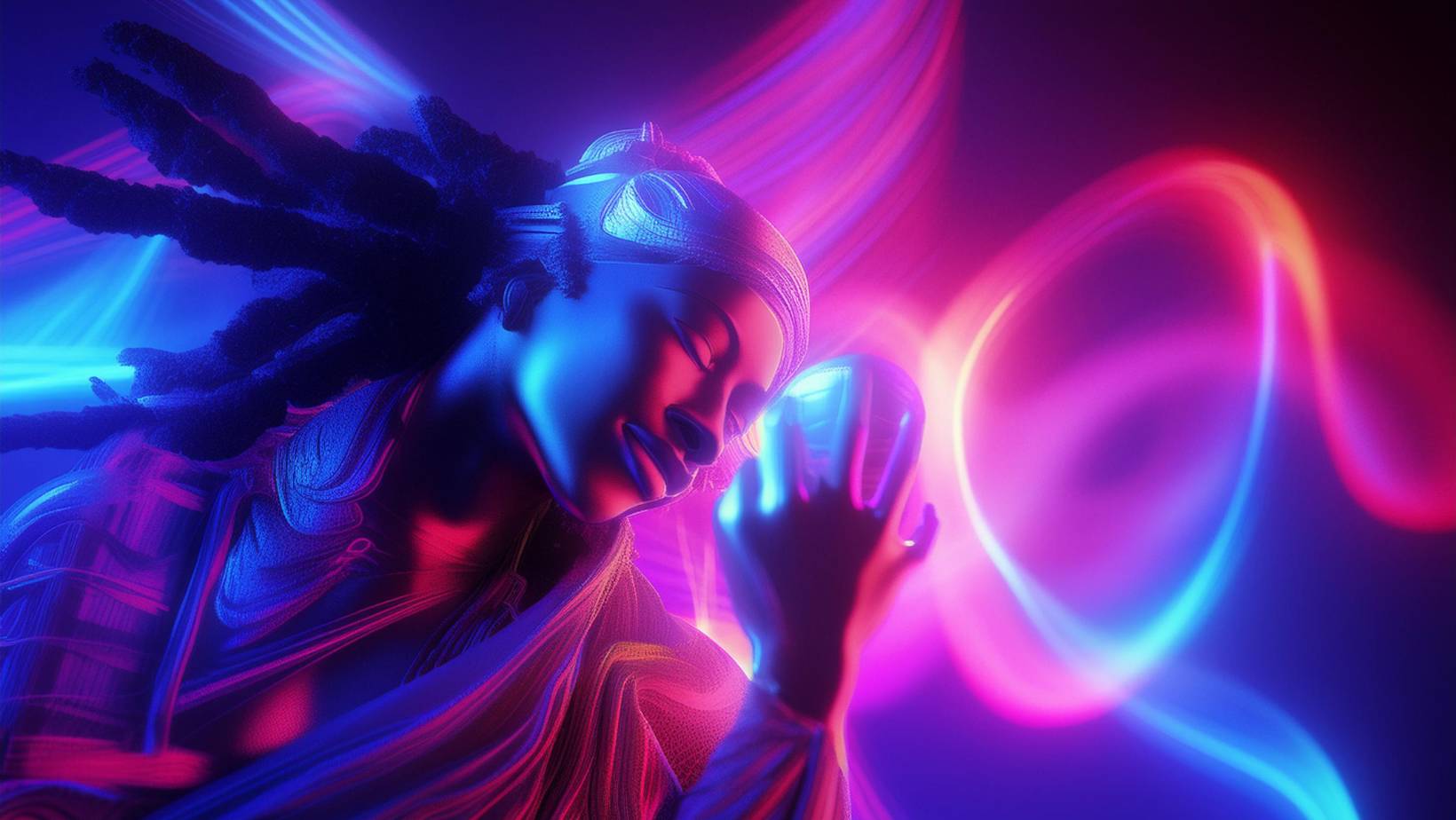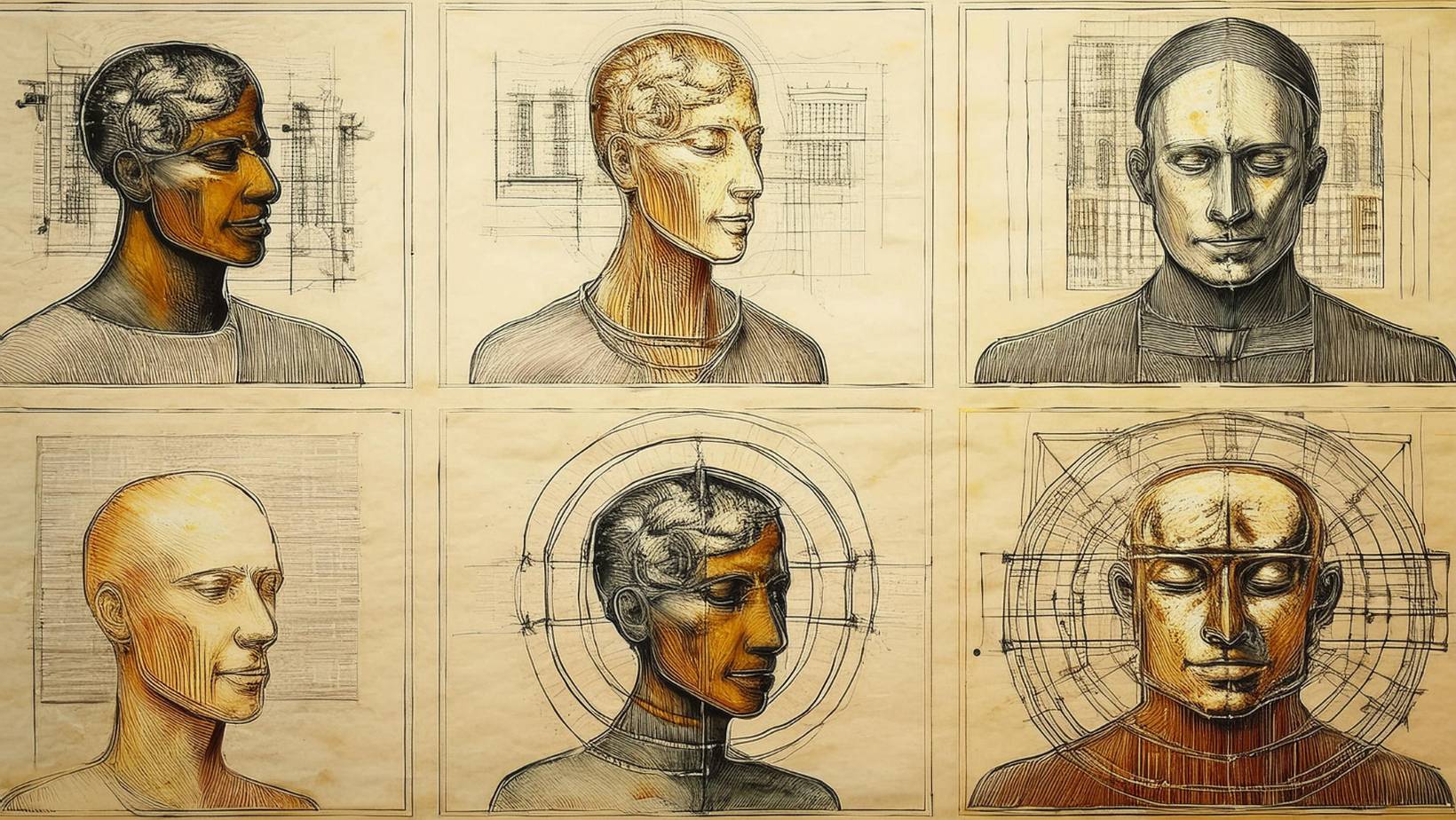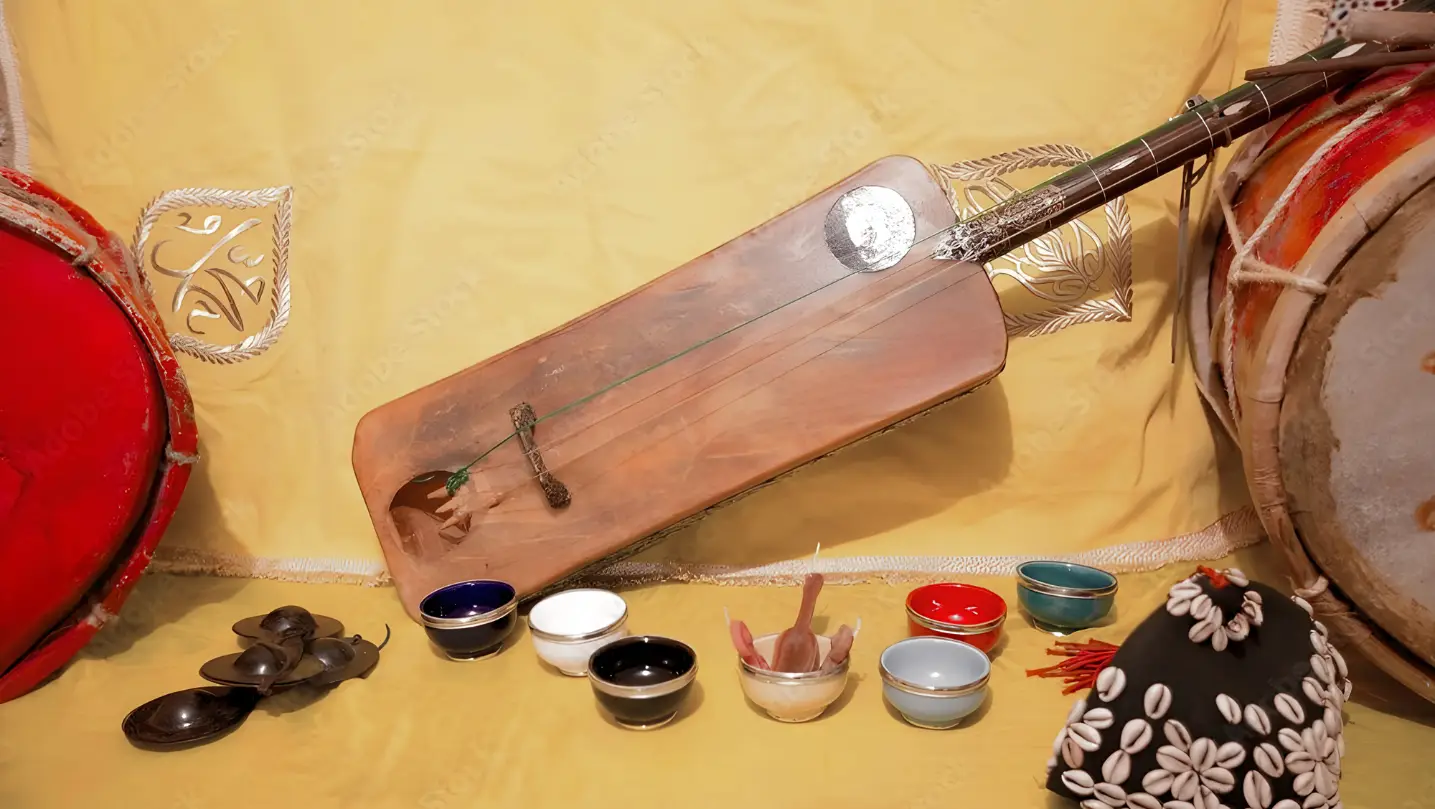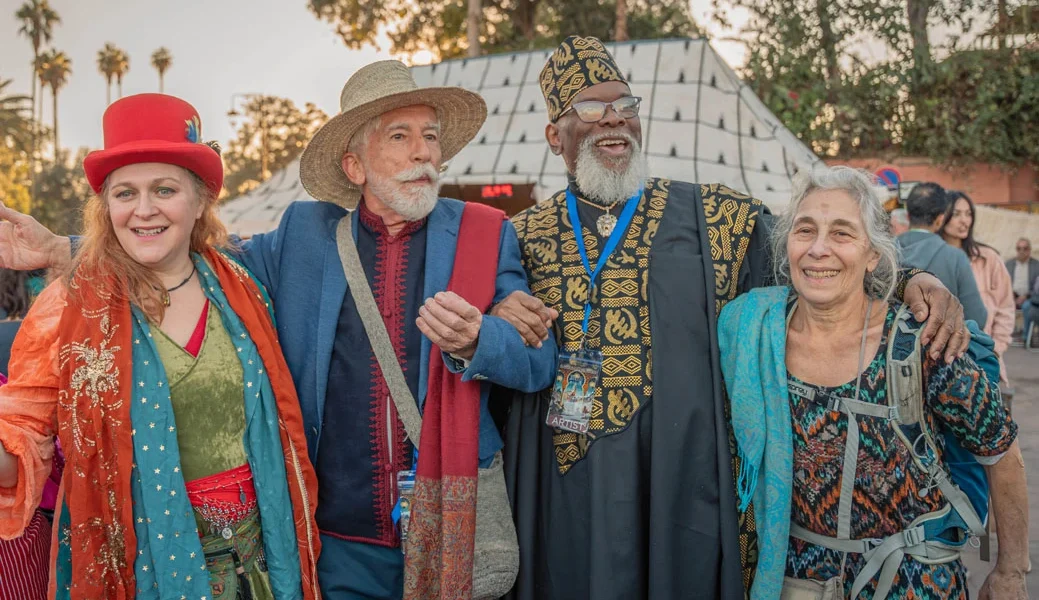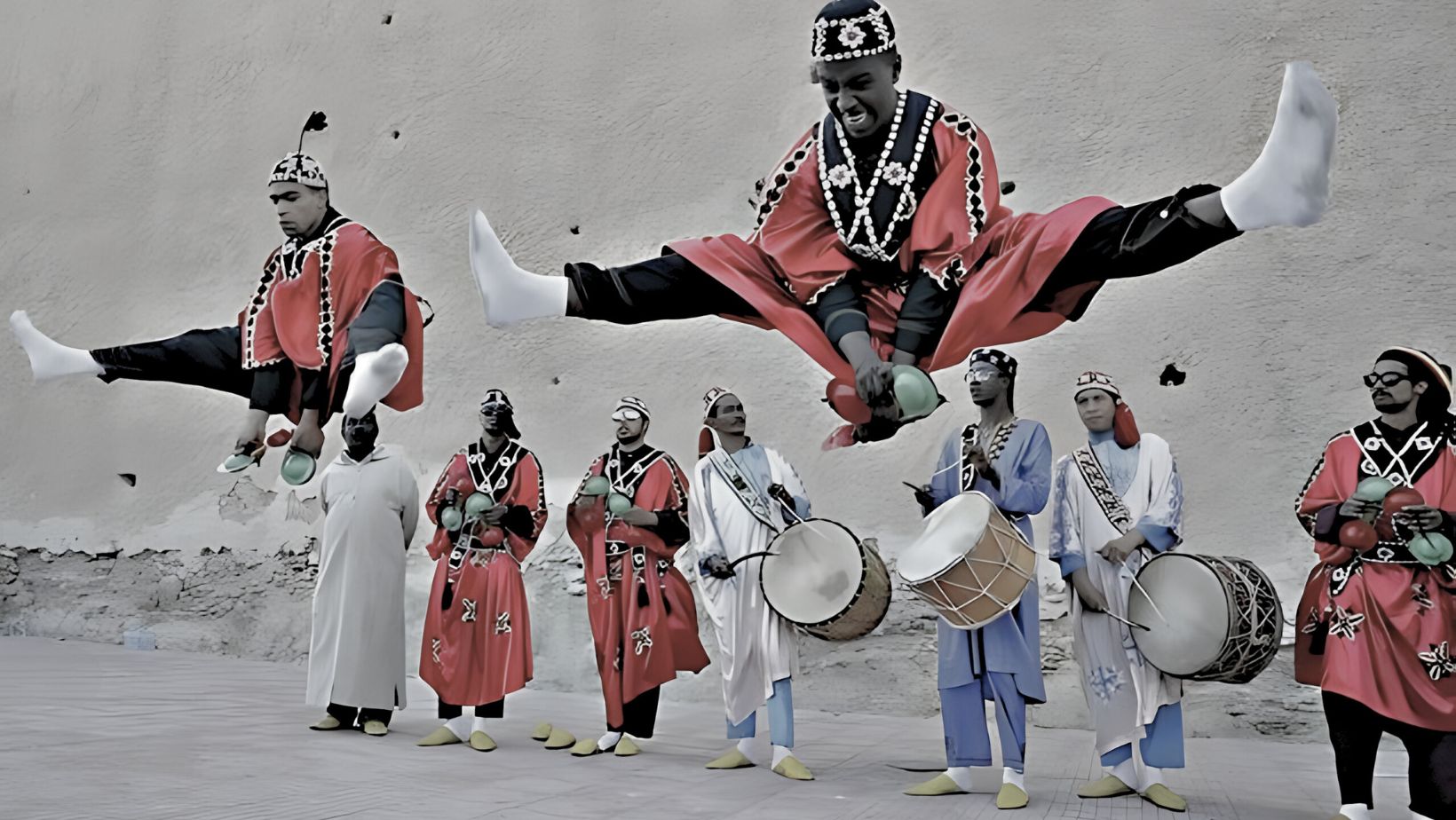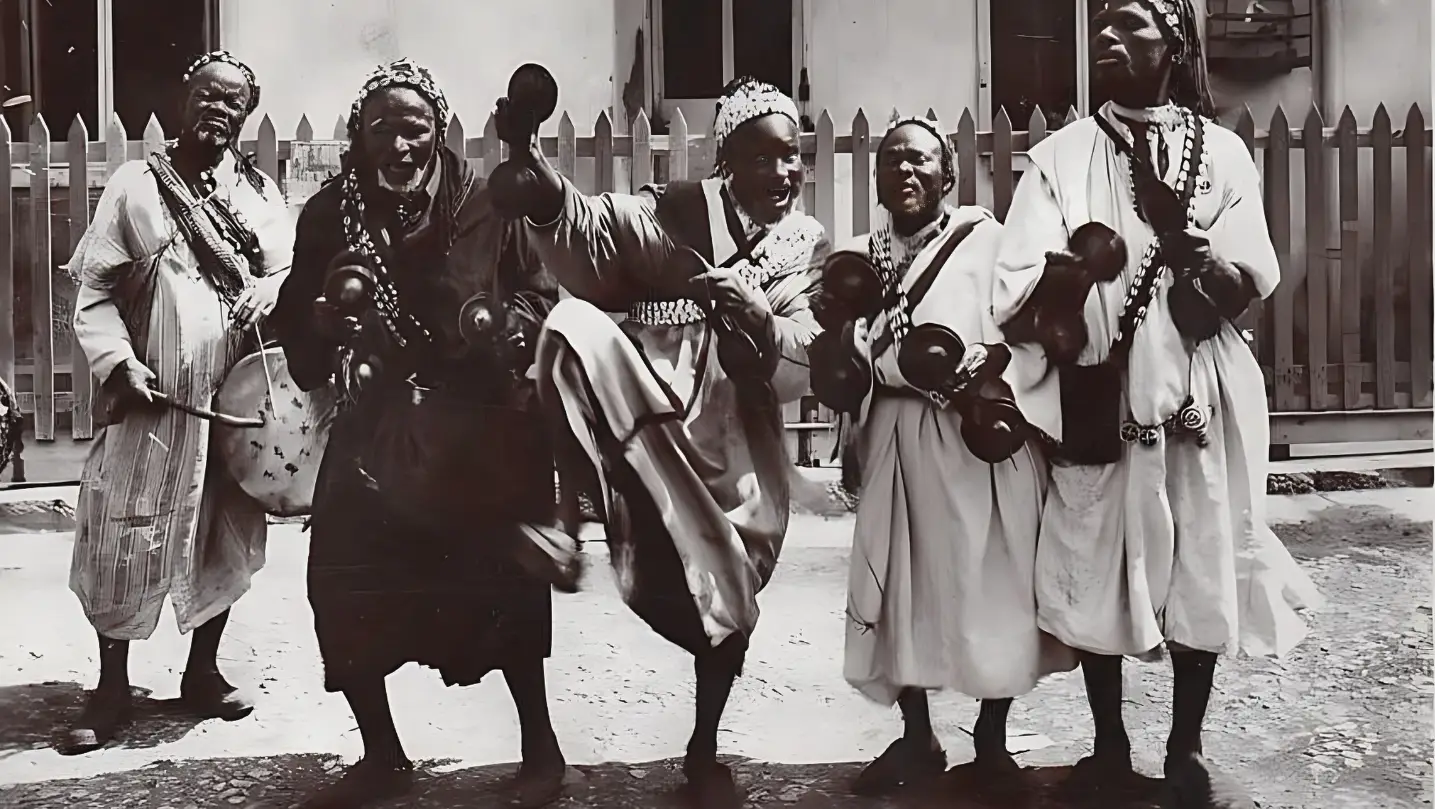Gnawa music is renowned for its captivating rhythms and profound cultural significance. Beyond its cultural richness, Gnawa music also offers intriguing insights into the field of cultural neuroscience. This article explores how the brain responds uniquely to culturally significant music like Gnawa, supported by scientific research and expert analyses.
What Is Cultural Neuroscience?
Defining Cultural Neuroscience
Cultural neuroscience is an interdisciplinary field that examines how cultural variables influence brain function and structure. It seeks to understand the interplay between cultural practices, beliefs, and the neural mechanisms underlying them.
Importance of Cultural Context in Neuroscience
Cultural context can profoundly shape neural processes. Music, being a universal cultural element, provides a valuable lens through which to explore these neural differences. Understanding how culturally significant music affects the brain can reveal much about the neural basis of cultural experiences.
The Neuroscience of Music and Culture
Brain Regions Involved in Music Processing
Several brain regions are involved in music processing, including:
- Auditory Cortex: Processes basic elements of sound.
- Prefrontal Cortex: Involved in complex cognitive functions and decision-making.
- Limbic System: Associated with emotions and memory.
- Motor Cortex: Engages in movement and coordination, often activated during musical performance and dance.
Cultural Influence on Brain Activation
Research shows that cultural experiences can shape how these brain regions respond to music. Culturally familiar music tends to activate brain regions associated with emotional and reward processing more robustly than unfamiliar music.
A study in Nature Reviews Neuroscience highlighted that individuals listening to culturally familiar music showed greater activation in the brain’s reward centers, including the nucleus accumbens and ventral tegmental area, compared to those listening to unfamiliar music.
The Unique Brain Activation Patterns of Gnawa Music
Emotional and Reward Processing
Gnawa music, with its deep cultural and spiritual roots, elicits strong emotional responses. This emotional engagement is reflected in the brain’s reward system, with increased dopamine release leading to feelings of pleasure and satisfaction.
A study published in Social Cognitive and Affective Neuroscience found that culturally familiar music, such as Gnawa for North African listeners, enhanced activation in the amygdala and hippocampus, regions involved in emotional processing and memory.
Rhythmic and Motor Cortex Activation
The complex rhythms of Gnawa music engage the motor cortex, promoting movement and dance, which are integral to Gnawa rituals. This activation can enhance physical coordination and promote a sense of communal bonding.
Research in The Journal of Neuroscience demonstrated that rhythmic music leads to synchronized activity in the motor cortex and basal ganglia, facilitating coordinated movement and rhythmic entrainment.
Therapeutic Applications of Gnawa Music
Enhancing Emotional Well-Being
By engaging the brain’s emotional and reward centers, Gnawa music can help enhance emotional well-being. This makes it a valuable tool in music therapy for addressing emotional and psychological issues.
Promoting Physical Rehabilitation
The rhythmic and motor cortex activation associated with Gnawa music can aid in physical rehabilitation. Encouraging movement and dance to Gnawa rhythms can improve motor coordination and physical health.
Fostering Cultural Identity
For individuals from North African backgrounds, Gnawa music can reinforce cultural identity and belonging. This cultural reinforcement can be particularly therapeutic in multicultural settings, helping individuals connect with their heritage.
Practical Implications for Music Therapy
Designing Culturally Informed Sessions
Music therapists can incorporate Gnawa music into therapy sessions to leverage its unique cultural and neurological impacts. This can include:
- Listening Exercises: Engaging clients with Gnawa music to stimulate emotional and reward centers.
- Movement and Dance: Encouraging rhythmic movement to enhance motor coordination and physical engagement.
- Cultural Reflection: Facilitating discussions about cultural identity and experiences related to Gnawa music.
Personalizing Treatment Plans
Understanding the cultural neuroscience of Gnawa music allows therapists to personalize treatment plans based on the client’s cultural background and musical preferences. This ensures a more effective and meaningful therapeutic experience.
The Neural and Cultural Harmony of Gnawa Music
Gnawa music’s ability to uniquely activate brain regions related to emotion, reward, and movement underscores its profound cultural and neurological significance. By integrating the principles of cultural neuroscience, therapists can harness the power of Gnawa music to enhance emotional well-being, promote physical rehabilitation, and foster cultural identity.
